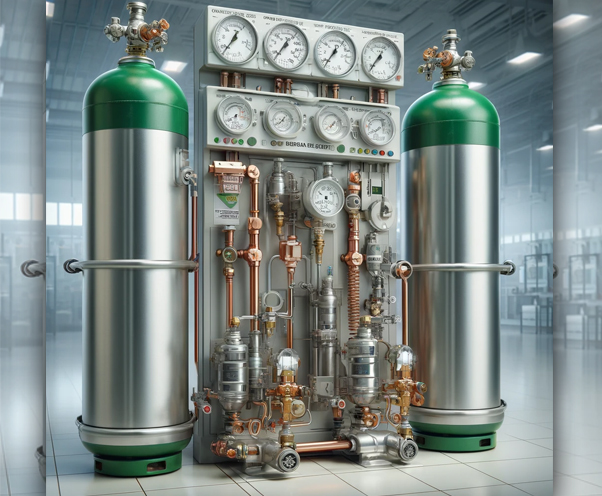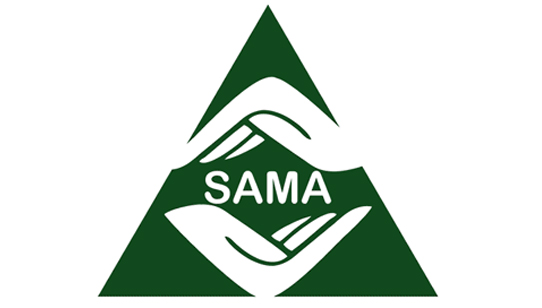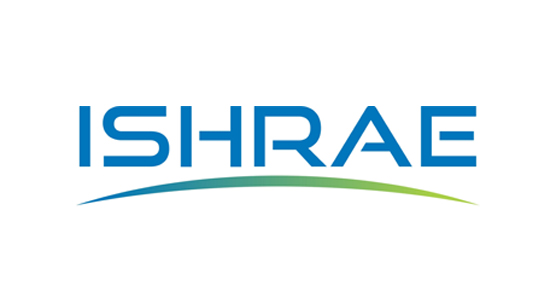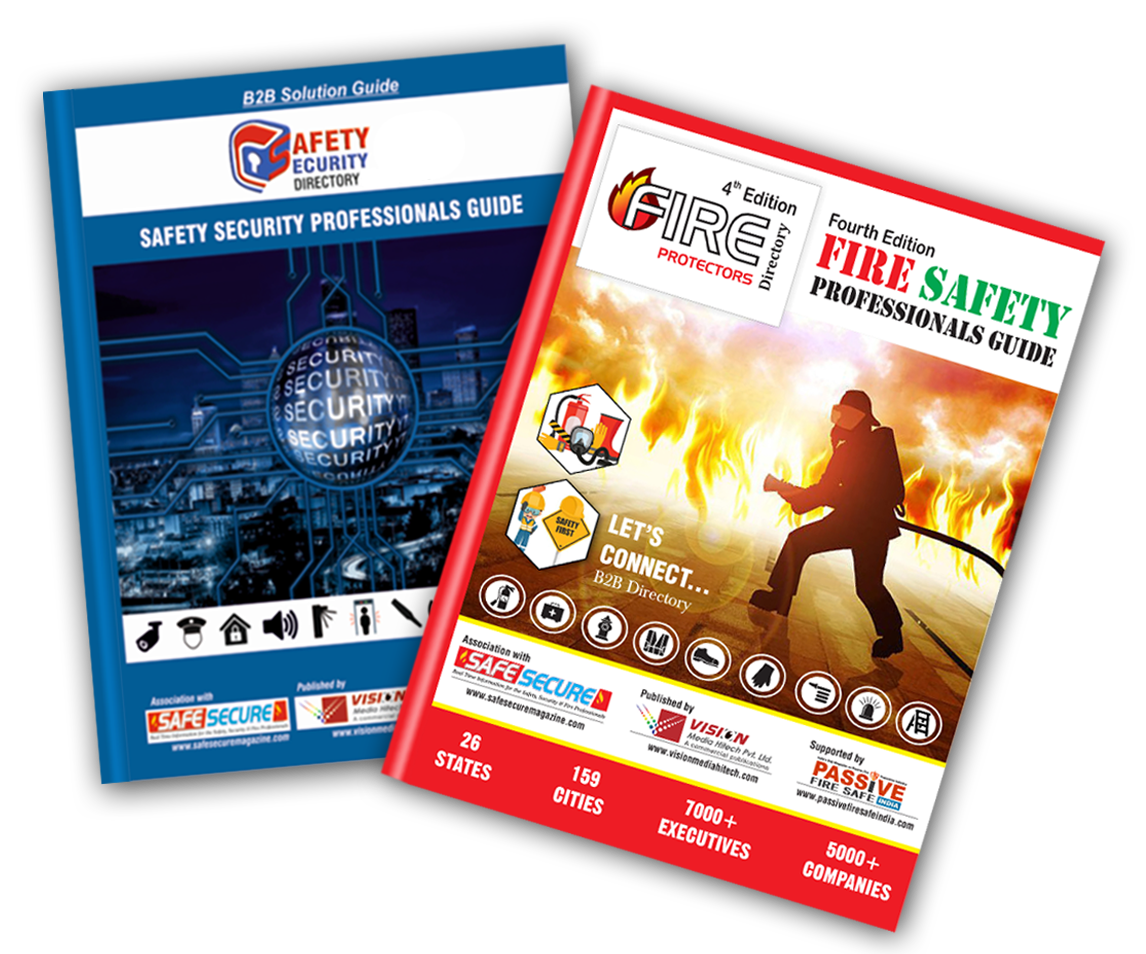General Precautions for Handling Compressed Gases

Chemicals enter the body through inhalation, dermal absorption, ingestion, and injection, posing serious health risks. Understanding these routes is crucial for workplace and personal safety. Proper handling of chemicals, use of protective equipment, and emergency preparedness including safe handling of compressed gases can significantly reduce exposure risks and prevent hazardous incidents.
Compressed gases are widely used in various industries and laboratories. Mishandling them can lead to explosions, fire hazards, and toxic exposures. The following precautions should be taken when working with compressed gases:
1. Proper Storage: Store cylinders in a well-ventilated, dry area away from direct sunlight and heat sources.
2. Secure Cylinders: Ensure gas cylinders are properly secured using chains or stands to prevent tipping over.
3. Check for Leaks: Regularly inspect cylinders and valves for leaks using appropriate leak-detection solutions.
4. Use Correct Regulators: Only use regulators and fittings that match the specific type of gas being handled.
5. Avoid Dropping or Impact: Handle cylinders with care to prevent damage to the container and valve.
6. Labeling: Ensure all cylinders are clearly labeled with their contents and associated hazards.
7. Proper Ventilation: Work in a well-ventilated area when handling gases to prevent the buildup of toxic or flammable fumes.
8. Close Valves When Not in Use: Always close the cylinder valve when not in use to prevent accidental leaks.
9. Use Personal Protective Equipment (PPE): Wear gloves, safety goggles, and protective clothing when handling compressed gases.
10. Emergency Preparedness: Ensure access to emergency shut-off systems and know the proper response procedures in case of a gas leak or exposure.

Conclusion
Understanding the four routes of chemical exposure inhalation, dermal absorption, ingestion, and injection—is essential for ensuring workplace and personal safety. Organizations must implement safety protocols, provide protective equipment, and conduct training programs to minimize risks. By taking these precautions, individuals can significantly reduce their exposure to hazardous chemicals, promoting a safer and healthier environment. Additionally, the use of emergency and safety equipment further enhances protection, enabling quick response to potential hazards.





.png)







